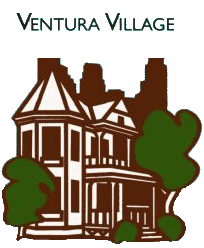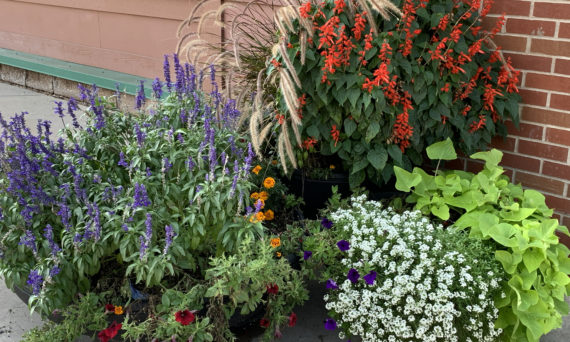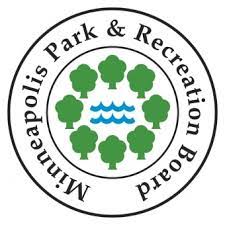Four Sisters Farmers Market Info and Events
Four Sisters Farmers Market Announces Opening Day June 6th
Four Sisters Farmers Market, a project of the Native American Community
Development Institute (NACDI), is celebrating its 10th year in operation with its opening day at their
flagship location on the American Indian Cultural Corridor, located at 1414 E. Franklin Avenue,
Minneapolis MN 55404. Opening day will include a celebratory raffle with music provided by
James Harvin, a local Afro-Indigenous (Nahua) artist from Harlem, New York, at Noon. The day
is set to have over a dozen vendors with food available from the new Pow Wow Grounds food
truck, Frybread Factory.
“We are very excited for this season,” states Market Manager, Destiny Jones. “Everything from
our programming to our location is made with the community in mind. We hope to continue our
tradition of sharing and celebrating Indigenous culture while greeting both new and familiar
faces.”
About Four Sisters Farmers Market
A seasonal market dedicated to cultural placemaking, food access, and Indigenous values, Four
Sisters strives to provide increased access to affordable, healthy, culturally appropriate, local
foods to communities within the neighborhood. Four Sisters promotes systems change and
expands the definition of food sovereignty to be a more inclusive, accessible practice across
Indigenous communities and beyond.
The 2024 market season will run from June 6th to October 31st.
Events List with Four Sisters Farmers Market
Jun 6, 2024 Opening Day and Raffle – Music by James Harvin
Jun 13, 2024 Herb Planting at FSFM with Four Sisters Urban Farm and Ti Peta Wakan Owozu
Jun 20, 2024 Celebrating the Summer Solstice with AMRA Farmer’s Market Artist in Residence Natchez Beaulieu & Artists Market
Jun 27, 2024 Food Demo with Simone Rendon of Edible Arts MN
Jul 4, 2024 No Market – Happy Holidays!
Jul 11, 2024 Music at the Market – Downtown Jada Brown & Band
Jul 18, 2024 Get to Know Plant Medicines with AMRA Farmer’s Market Artist in Residence Natchez Beaulieu & Artists Market
Jul 25, 2024 Food Demo with Gatherings Cafe & Book Signing with Teresa Peterson
Aug 1, 2024 Food Demo with Indigenous Food Labs and Edible Boulevards/ Herb Planting at FSFM with Four Sisters Urban Farm and Ti Peta Wakan Owozu
Aug 8, 2024 Music at the Market – Annie Humphrey
Aug 15, 2024 Water is Life with AMRA Farmer’s Market Artist in Residence Natchez Beaulieu
& Artists Market
Aug 22, 2024 Narcan Training with Deon Kirby of Indigenous People’s Task Force
Aug 29, 2024 Vinyl and Vibes with Watheca Records and Hennepin County Library
Preservation Celebration! (Sept 5 – Oct 4)
Sep 5, 2024 Quick Pickling Food Demonstration with Vannesa Casillas of Dream of Wild Health
Sep 12, 2024 Music at the Market – Jada Brown
Workshop Sep 13, 2024 Preserving Food (Freezing Basics) with Midtown Farmers Market
Workshop Sep 18, 2024Preserving Food (Drying Basics) with Midtown Farmers Market
Sep 19, 2024 Preservation with AMRA Farmer’s Market Artist in Residence Natchez Beaulieu & Artists Market
Sep 26, 2024 Third Annual Pickle Off with Indian Health Board
Workshop Sep 28, 2024 Tomato Canning Workshop with Becky De La Cruz of UMN Master Gardeners and First Nations Kitchen
Oct 3, 2024 Bison Jerky Food Demo with AllenMichael Owen
Oct 10, 2024Music at the Market – Laura Hugo
Oct 17, 2024 Celebrating Autumn with AMRA Farmer’s Market Artist in Residence Natchez Beaulieu & Artists Market
Oct 24, 2024 HIP Informational Session with Deon Kirby of Indigenous People’s Task Force
Oct 31, 2024 A Halloween Spin and Send(-off)! Records and Pumpkin Decorating with Watheca Records





